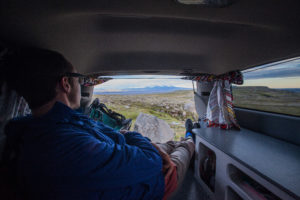
Replace softshell gloves with warmer gloves. They actually work well for wet days backcountry skiing too, but aren't ideal for huge mileage/vert. They're amazing, but are far removed from ultralight. I wouldn't use a 'light' (<10oz) shell for skiing - the face fabric isn't durable enough, IMO. I think you'd be fine for both skiing and hiking with a Rab Latok, Arcteryx Beta or Theta, etc. Mid-layer: May swap for either a vest or a down puffy, depending on conditions. Typical layering for downhill skiing is actually really similar for me, the difference is that I don't carry a pack, so I wear all the layers I want and adjust with zippers/vents.Ĭhanges from my previous list for resort skiing: Mittens are warmer but impossible to do anything in. BD Guide is a much warmer (and heavier/bulkier) option. I have lots, use different ones for different conditions. Warm gloves - warm, leather palms, can have waterproof liner/ be mitts if you're into that. Make sure your puff is warm enough to deal with the worst conditions you might encounter. For day trips or good forecasts, I'll pack a lighter down puffy. Hardshell - Montane Minimus for good forecast, eVent shell for bad forecast.īelay jacket - Down or synthetic puffy, appropriate to conditions - I use an Outdoor Research Chaos jacket, it's a heavy synthetic similar to Patagonia DAS. Light hat - some light beanie that fits under your helmet. Good dexterity for handling tools/skis, won't overheat while working uphill. Gloves - softshell w/ leather palm- Outdoor Research Stormtracker. Sofshell pants - Stretch-woven, no membrane - Patagonia Mixmaster for winter, OR Cirque for spring. I don't wear hardshells if I can help it, though they're necessary if it is raining hard or really windy.īaselayer bottoms - Same as baselayer top. Some folks like gore-tex hardshells for this layer. Stretchy, breathable, very durable, sheds snow, light rain, and blocks moderate wind. Softshell - Stretch-woven, no membrane - Outdoor Reseach Ferrosi. Added when temps are <10 degrees F, or for less intense activities. Wouldn't recommend down, but some people use it here.

Still breathes well, synthetic is resistant to moisture and dries fast. Mid Layer - Breathable insulation - Arcteryx Atom LT. I put this on around 25 degrees, it's warm enough to about 10 degrees F for me when working at a moderate pace (backcountry skiing easy uphill), or much colder at an aggressive pace. Mid Layer - Grid fleece - currently Black Diamond Coefficient. Wicks sweat, keeps you dry, provides some warmth. My typical layering for winter ski touring + winter mountaineering:īase Layer - Midweight merino or synth. What kind of skiing are you doing? In the resort or backcountry? That distinction influences how I dress and layer for each activity.


 0 kommentar(er)
0 kommentar(er)
